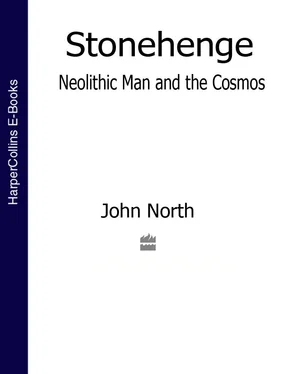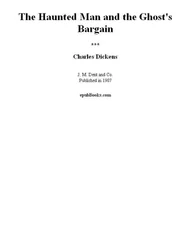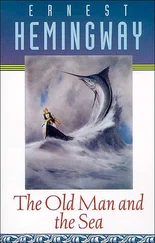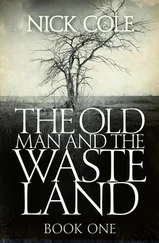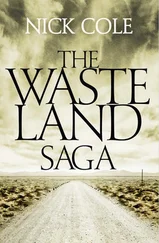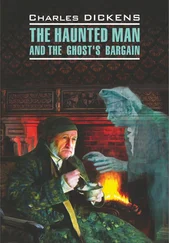Fig. 83 The surroundings of the Long Man.
Fig. 84 The present view of the Long Man from the gate to the road, with the chief stars of Orion for 3480 BC.
Fig. 85 The Whiteleaf cross according to Wise (1742) and Petrie (in the 1920s) and the Bledlow Cross according to Petrie.
Fig. 86 The surroundings of the Whiteleaf Cross.
Fig. 87 The three important sections through the Whiteleaf Cross.
Fig. 88 The surroundings of the Bledlow Cross (Wainhill, Buckinghamshire).
Fig. 89 Three sections through the Bledlow Cross.
Fig. 90 The outline of the Cerne Giant, following Flinders Petrie.
Fig. 91 A typical early medieval manuscript illustration of the classical figure representing the constellation of Hercules.
Fig. 92 A short section of the ecliptic, the annual path of the Sun through the stars.
Fig. 93 Extreme directions of the rising and setting of the upper limb of the Sun and Moon, for altitude zero at four specimen latitudes.
Fig. 94 The area around the Greater Stonehenge Cursus (a repeat of an earlier figure).
Fig. 95 The profile of the ground along the axis of the first section of the Stonehenge Avenue.
Fig. 96 Stones in the Corringdon Ball group on Dartmoor, after W. C. Lukis (1879).
Fig. 97 The terminal stones for rows in the Corringdon Ball group.
Fig. 98 The Avebury circles and avenues, and their surroundings.
Fig. 99 The northern sections of the Kennet Avenue.
Fig. 100 Stones of the Kennet Avenue (1961) in the neighbourhood of West Kennet village, after Isobel Smith.
Fig. 101 Parts of the Kennet Avenue known chiefly through resistivity surveys of the ground to the south of stones 37 (after P. J. Ucko and others).
Fig. 102 The pattern of some of the potential lines of sight to lunar phenomena, seen across the Kennet Avenue.
Fig. 103 The Kennett Avenue. An idealization of the rectangular cells formed around lunar lines and lines north–south, or lunar lines and lines east–west.
Fig. 104 Marks shown up in a resistivity survey in Longstones field, and possibly relating to the Beckhampton Avenue (based on recordings published by P. J. Ucko and others).
Fig. 105 The Drizzlecombe stone rows, after a plan by R. H. Worth.
Fig. 106 The Callanish rows, after plans by D. A. Tait (rows) and R. Curtis (centre).
Fig. 107 The central region of the circle and rows at Callanish.
Fig. 108 Approximate lines of sight at Callanish for the first or last glint of the Sun at its midwinter extreme.
Fig. 109 Relations between the north of the Kennet Avenue and the north and south circles at Avebury.
Fig. 110 The main rings of large stones at Avebury, with some potential construction arcs.
Fig. 111 The estimated positions of whatever was responsible for the marks on the Avebury resistivity survey—presumably post holes or stone holes.
Fig. 112 The chief internal astronomical alignments set by the components of the Avebury circles.
Fig. 113 W. Glasbergen’s types of post rings, as found surrounding barrows.
Fig. 114 The Harenermolen barrow, drawn from the excavation records of A. E. van Giffen.
Fig. 115 Different ways of using two upright posts to align on a part of the disk of the Sun or Moon.
Fig. 116 A schematic view of the Harenermolen barrow in its later phase.
Fig. 117 The eleven posts of the later ring at Harenermolen, showing the poor approximation to a circle but the rather good radial alignments.
Fig. 118 Eight potential alignments for the outer ring of posts at Harenermolen, with three somewhat less plausible ones.
Fig. 119 Some of the numerous potential alignments for the earlier ring of posts at Harenermolen.
Fig. 120 Numbers of posts in a sample of 73 timber circles of Glasbergen’s type 3 excavated in the Drenthe area of the northern Netherlands.
Fig. 121 Directions set by rings of eleven and seventeen posts.
Fig. 122 The causeway post holes at Stonehenge with our nominal grid of two sets of mostly parallel lines superimposed.
Fig. 123 The Aubrey circle at Stonehenge, surrounding the numerous post holes that must have formed one, and possibly several, timber circles.
Fig. 124 Some of the very many speculative construction lines that it is possible to superimpose on the Stonehenge post holes.
Fig. 125 Conjectured values of the altitudes set by the original bank at Stonehenge, looking towards the midwinter or midsummer setting Sun.
Fig. 126 Selected lines of sight across an idealized post circle of the sort assumed to have stood in the Aubrey holes.
Fig. 127 An idealized Aubrey circle of 56 posts.
Fig. 128 Plan of the positions of the actual Aubrey holes, on which most of the sight-lines shown on the idealized figure ( Fig. 127 ) fit almost perfectly.
Fig. 129 An idealized view of the ring of posts in the Aubrey holes, with one of the timber rings and the southern corridor.
Fig. 130 Tracks across Normanton Down.
Fig. 131 Posts for solar and lunar observation across the centre of a post circle.
Fig. 132 The ditches and six nested oval post circles at Woodhenge.
Fig. 133 A vertical section through the northwest to southeast axis at Woodhenge, with posts and lintels of sizes required to produce usable lines of sight.
Fig. 134 A general view of Woodhenge in its original state.
Fig. 135 The conjectural rule governing the proportions of an ideal post. The units are arbitrary.
Fig. 136 The orientation of ditch, bank and river in relation to the timber rings at Durrington Walls and Woodhenge.
Fig. 137 One of the long measures that might have been in round numbers of MY at Durrington Walls.
Fig. 138 Durrington Walls, Phase 2 of the southern circle, showing the southeast façade, with ‘bar’.
Fig. 139 A detail of the preceding figure, with some construction lines added.
Fig. 140 Durrington Walls. Post holes at the northern circle and the approaching corridor.
Fig. 141 Potential sight lines at Durrington Walls (southern circles).
Fig. 142 All potential sight lines from the same position as in the previous figure, whether or not they are capable of avoiding the uprights.
Fig. 143 The view through the southern Durrington Walls monument to a person approaching the left post of the southern entrance.
Fig. 144 A reconstruction of the southern Durrington Walls monument on the basis of post heights derived earlier.
Fig. 145 A general plan of the Mount Pleasant enclosure, with henge monument, palisade, ditch and bank.
Fig. 146 The ditches and post holes at the Mount Pleasant timber henge.
Fig. 147 The profile of the northwest to southeast section at the Mount Pleasant timber henge.
Fig. 148 A general view of the main timber post circles at Mount Pleasant.
Fig. 149 Mount Pleasant. The blocking effect of the posts and lintels as presented to an observer in the northeast ditch looking in the general direction of midwinter sunset.
Fig. 150 Potential sight lines at the Mount Pleasant henge.
Fig. 151 The Arminghall henge and its immediate neighbourhood.
Fig. 152 The Arminghall henge.
Fig. 153 The highly regular arrangement of the posts at Arminghall judged by lines tangential to the posts and lines through their centres.
Fig. 154 The most probable arrangement of posts and lintels at the Arminghall henge, in relation to the ditches.
Fig. 155 The different characters of the views from the two ditches, looking over the bank at Arminghall.
Fig. 156 The station stones and the Heel Stone at Stonehenge.
Fig. 157 Some of the main elements in successive phases of Stonehenge’s history.
Fig. 158 Some of the excavated dumbbell shaped cavities with the Q - and R -holes that originally held bluestones.
Fig. 159 The Heel Stone, near the present road.
Читать дальше
